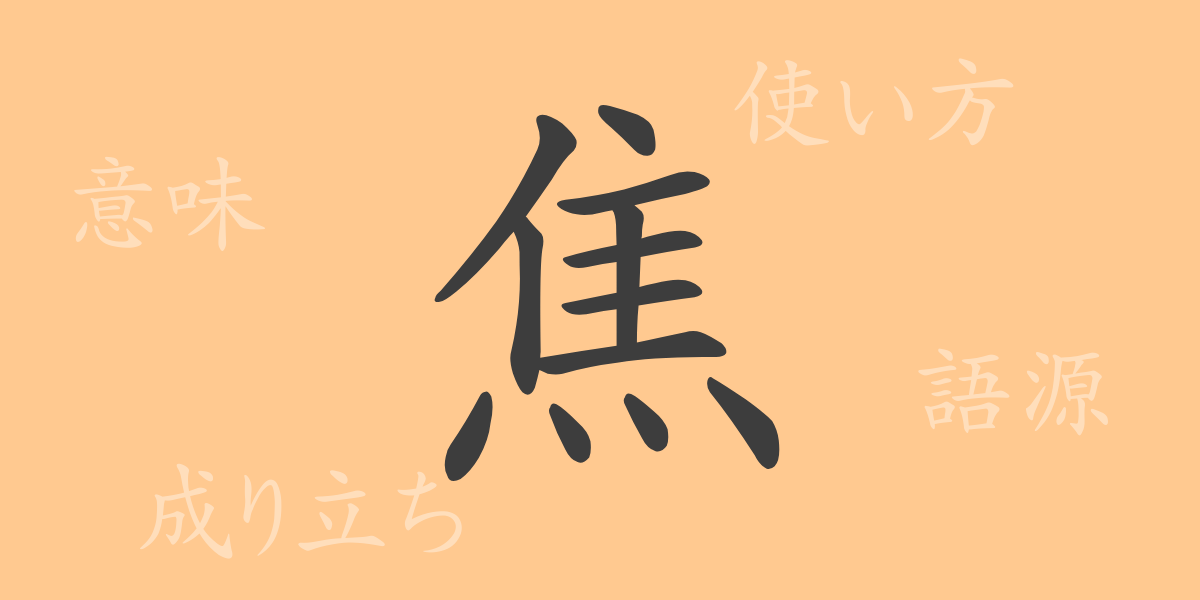The richness of the Japanese language is often expressed through its intricate kanji characters. The kanji “焦(こ)” is especially captivating, symbolizing brightness and purity that catches the eye. This article delves into the origins, meanings, and applications of “焦,” exploring this fascinating character’s comprehensive portrayal.
Origins of 焦(こ)
The kanji “焦” originated from ancient China and was uniquely formed to depict the brilliance of ice crystals. Originally, it was represented by stacking three ‘sun’ characters, symbolizing ‘the sparkling ice crystals,’ embodying the concepts of brightness and purity. This formation has led “晶” to be a symbol of radiance and clarity.
Meaning and Usage of 焦(こ)
“晶” conveys meanings like ‘sparkling,’ ‘transparent,’ and ‘crystalline.’ It is primarily used to describe substances such as gems, metals, and glass that are clear and luminous. Figuratively, it can also represent a person’s clear and pure heart.
Pronunciation, Stroke Count, and Radical of 焦(こ)
Let’s look in detail at the pronunciation, stroke count, and radical of the kanji “晶”:
- Pronunciation: On’yomi (音読み) is ‘ショウ’; there is no common Kun’yomi (訓読み).
- Stroke Count: “晶” consists of 12 strokes.
- Radical: Its radical is ‘sun’ (日部).
Phrases and Proverbs Using 焦(こ) and Their Meanings
“晶” appears in various idioms and phrases, each enriching the Japanese language with its distinct connotation:
- 水晶(すいしょう): A type of hard, transparent mineral, often used metaphorically for something very clear or valuable.
- 晶晶(しょうしょう): Describes something glittering or a situation where things are clear and visible.
- 結晶(けっしょう): Refers to a solid forming a regular shape from a solution, or metaphorically, the crystallization of efforts or studies into tangible results.
Summary on 焦(こ)
The kanji “晶” not only stands out for its beautiful structure but also for the deep meanings it holds. Suitable for describing anything that shines or is transparent, it plays a significant role in Japanese, enhancing both literal and metaphorical language. Through this article, we hope you have gained a deeper appreciation of the single character’s rich historical and aesthetic significance.

























